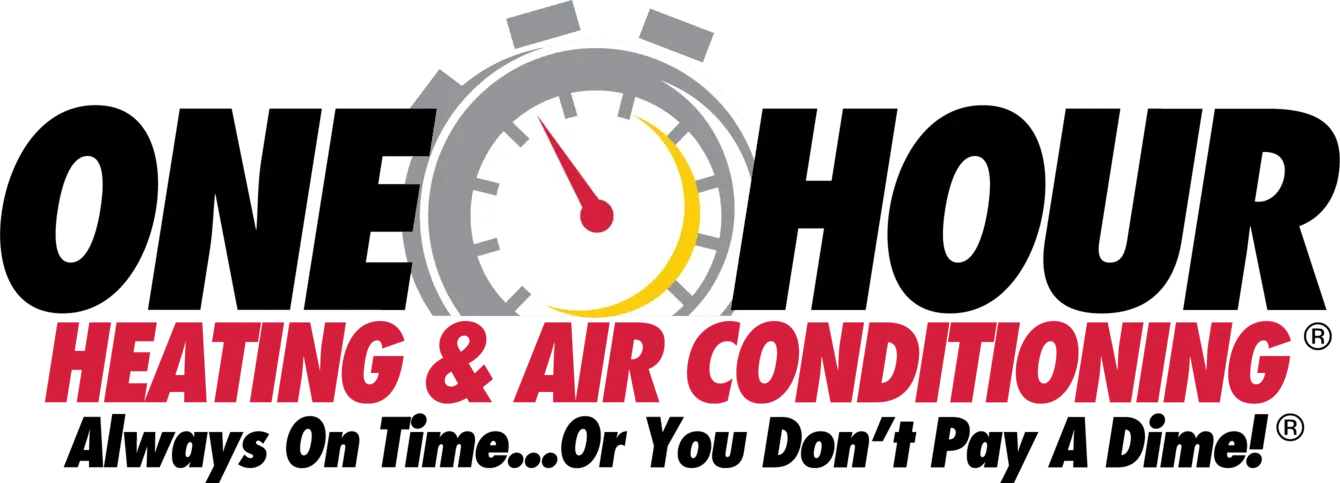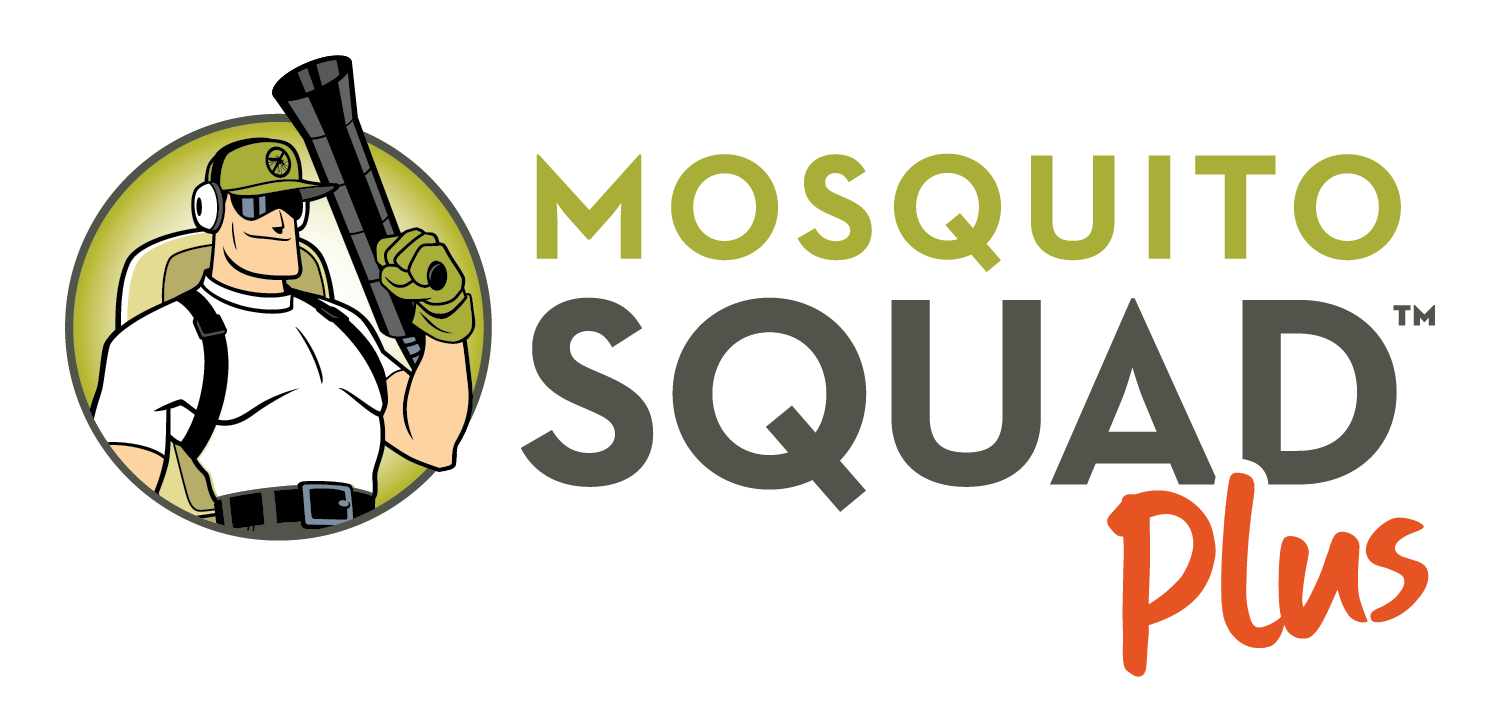How Does the Hot Texas Weather Affect Your AC Unit?
As the hot summer Texas weather kicks in, many of us spend our time indoors enjoying the comfort and safety of air conditioning. Unfortunately, the intense heat waves that sweep across Texas, often lasting for days, can have a serious impact on your AC system’s performance. Below, we’ll break down how high temperatures affect your cooling system and what steps you can take to reduce excessive wear and tear.
How Heat Waves Strain Your AC Unit
When temperatures consistently climb above 90°F for several days in a row, your air conditioner must run longer and more frequently to maintain your desired indoor temperature. This added workload puts the system’s internal components under constant strain, increasing your chances of experiencing a breakdown. Below, we’ll answer common questions about how Texas heat can affect your AC system and what you can do to help it keep up.
Is It Normal for My AC to Run All Day?
Yes, it’s perfectly normal for your AC to run throughout the day, especially when temperatures are consistently above 95°F or even into the triple digits. Your system is removing significantly more heat from your home, which naturally increases its runtime. In the evenings, when temperatures dip slightly, you might notice the system cycling off more frequently.
Can Extreme Heat Cause My AC to Fail?
While modern air conditioners are built to handle high temperatures, their performance depends heavily on how well they’re maintained. If your system is older, has a clogged air filter, or dirty coils, it's at a much higher risk of failure. Overheating motors, frozen coils, or low refrigerant levels caused by leaks can all lead to breakdowns during a heat wave. The hotter it gets, the more vital it is that your AC is operating efficiently.
How Can I Help My System Keep Up Without Overworking It?
The key to helping your AC survive the Texas heat is to ensure it’s running as efficiently as possible. Some tasks only need to be done annually, while others require more regular attention. Here are a few key ways to support your system:
Perform Routine Filter Changes
Dirty air filters are one of the most common causes of poor system performance. We recommend checking your filter monthly and replacing it every 2–3 months, or sooner if it looks clogged. Consider using a filter with a MERV rating between 8 and 13 to better trap airborne particles that can damage your system’s internal components. Not all HVAC systems are designed to handle higher MERV-rated filters. If your system isn’t compatible, a filter that’s too restrictive could actually reduce airflow and strain your equipment. If you’re unsure, our team can help you choose the right filter for your setup.
Schedule Annual Maintenance Service
Professional maintenance keeps your system in top condition. Our team inspects all major components, cleans the coils, checks for refrigerant leaks, calibrates the thermostat, and lubricates moving parts. If your refrigerant levels are low, we’ll investigate for leaks, since refrigerant should never need to be “topped off” in a sealed, healthy system. This annual check is also essential for protecting your AC’s warranty and extending its lifespan.
Arrange Duct Inspection and Cleaning
If your ductwork is dirty or clogged, it can restrict airflow and force your AC to work harder. While duct cleaning isn’t always necessary, you should consider it if you notice airflow issues, excessive dust, or suspect mold or pests. A professional inspection every few years can help determine if cleaning is needed.
Inspect and Seal Ductwork
Leaky ducts can allow up to 30% of your cooled air to escape into unconditioned spaces. If your ductwork hasn’t been checked in several years, it may be time to have it inspected and sealed. This service helps your system work more efficiently and keeps your home.
Shut Out Direct Sunlight
Sunlight streaming through windows can dramatically raise your indoor temperature. Use blackout curtains, blinds, or solar window films during the day to block heat gain and reduce how hard your AC has to work.
Keep Your Condenser Unit Clear
Debris around your outdoor condenser can restrict airflow and reduce your system’s ability to release heat. Make sure to clear leaves, branches, and grass clippings at least once a month. Maintain at least 2–3 feet of clearance around the unit and trim back overhanging foliage for optimal airflow.
Program Your Thermostat
A programmable or smart thermostat can help reduce strain on your system. Set it to a higher temperature when you’re not home, like during work hours, then have it cool down before you return. This reduces unnecessary run time and conserves energy without sacrificing comfort.
Seal Up Air Leaks
Warm outdoor air can seep in through cracks and gaps, making your AC work overtime. Seal leaks around windows, doors, and outlets using caulking, foam, or weather stripping. Don’t forget to check the attic, door sweeps, and garage entry points too, especially in older Texas homes.
Ensure Proper System Sizing
If your AC is undersized for your home, it may never truly “catch up” during a heatwave. If your system struggles despite maintenance, it may be time to have a professional perform a load calculation to see if it’s properly sized for your square footage and layout.
Control Indoor Humidity
Texas heat doesn’t come alone, it brings humidity. High indoor humidity can make your home feel hotter and increase your AC’s workload. If your system isn’t dehumidifying effectively, consider adding a whole-home dehumidifier or upgrading to a unit that better controls moisture levels.
Reliable AC Maintenance Service in Kyle, TX
At One Hour Heating & Air Conditioning®, we help homeowners in Kyle, TX, and surrounding areas stay cool and comfortable through even the toughest heat waves. From precision tune-ups to expert repairs and energy-saving system upgrades, we’ve got your back. Give us a call today to schedule your next AC service, and remember, we’re Always On Time...or You Don’t Pay A Dime!®















